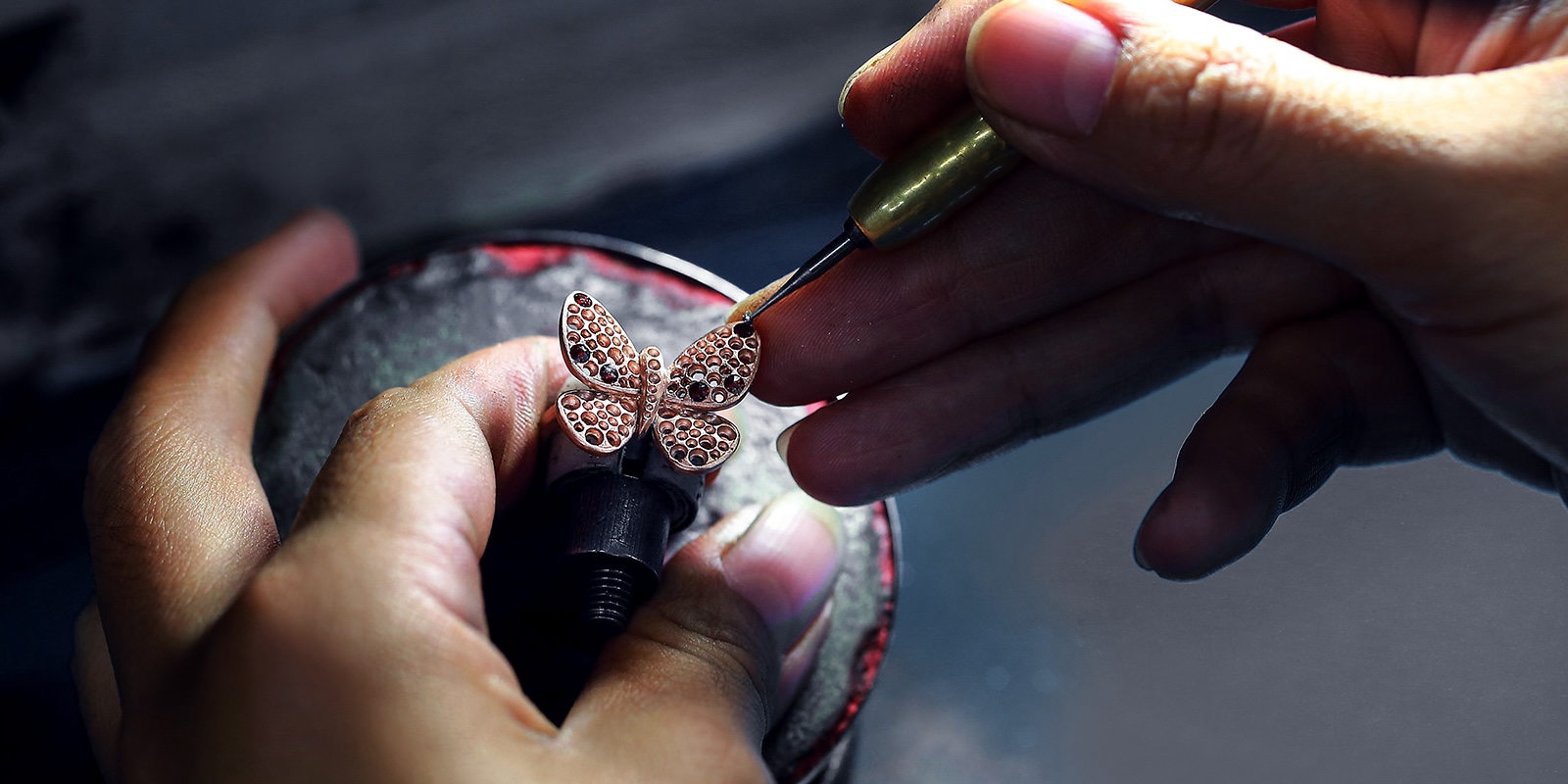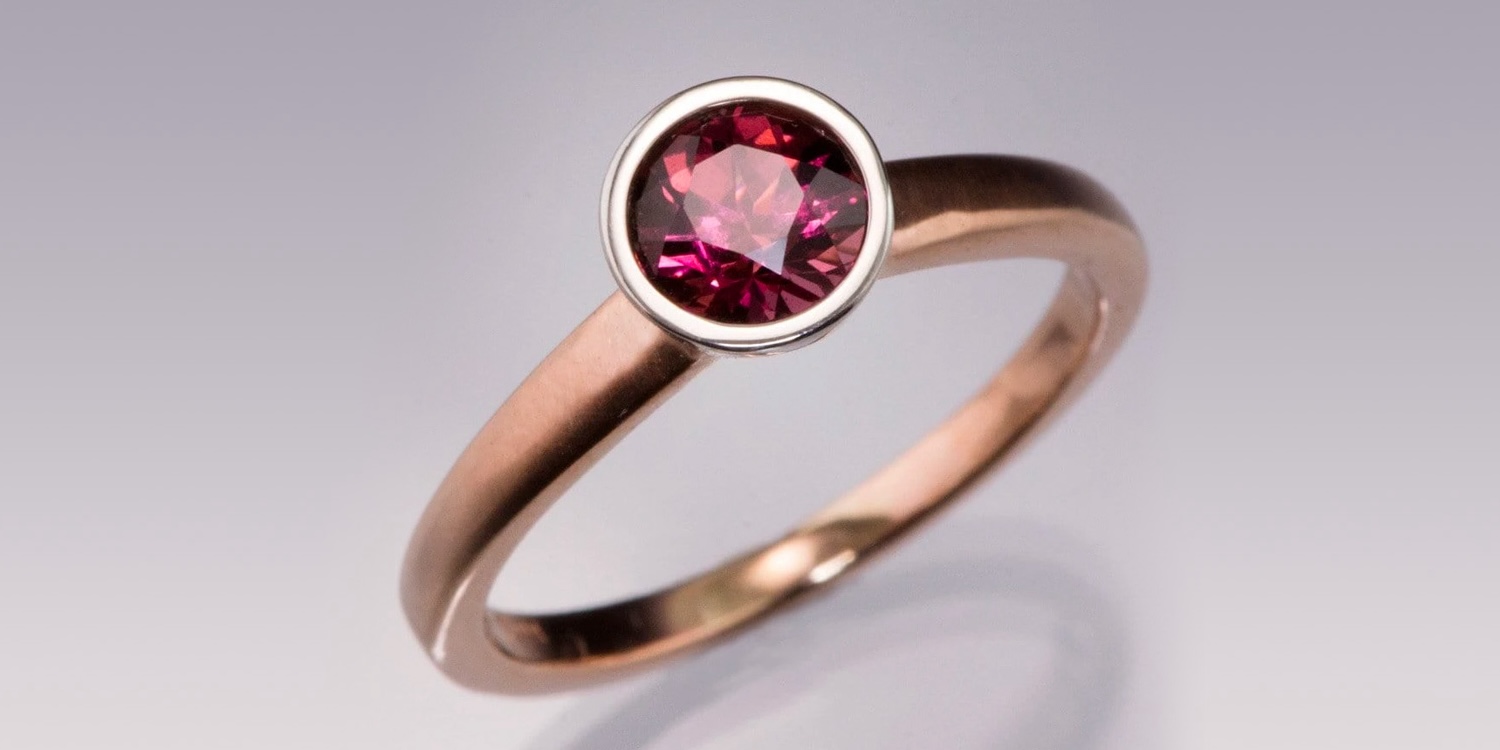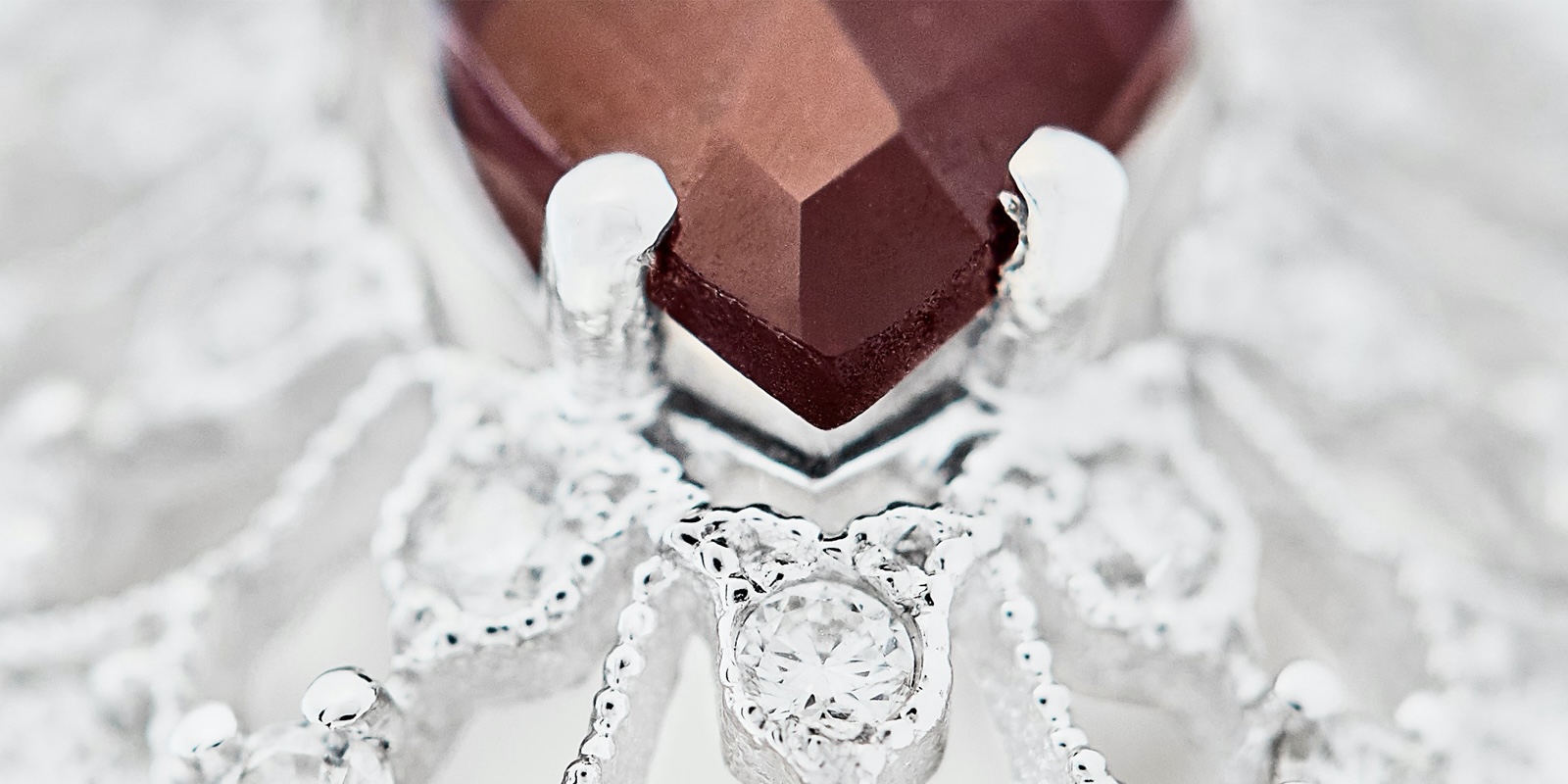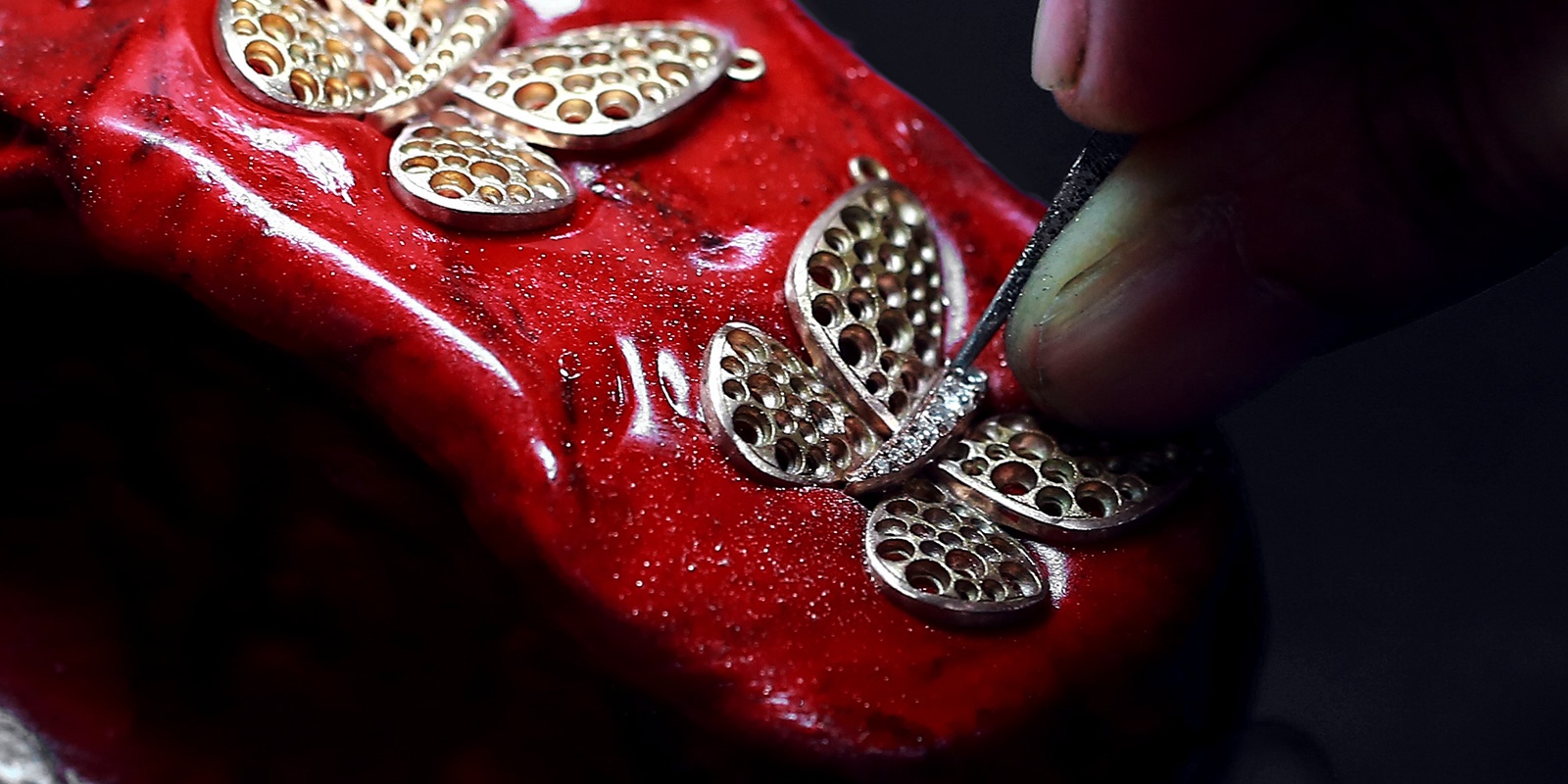
How garnet jewelry is made with Different stones settings ?
February 4, 2020
Jewelry artists have to pay attention to many details and one of the most important one is the gemstone setting. Nice designed piece with a good setting must achieve several goals simultaneously – security of the stone, intensify the gemstone and the metal object, it has to be comfortable to wear while protecting the gemstone and must be harmonized with the aesthetic look of the piece itself.Choosing the gemstone setting, the master should find the perfect balance between all these criteria otherwise the jewelry could be well protected but bad looking or it could be amazing on the display but break immediately after wearing for the first time. For the jewelry lover, it’s important to choose the right gemstone setting according to his needs:
outfit;
habits;
lifestyle.
This short guide will help you to choose the right setting and not to make a mistake.

Bezel setting
The bezel is the simplest and one of the earliest method of setting gemstones into jewelry. It features a thin band completely surrounding the gem along its circumference. Bezel setting provides a good protection of the gemstone from chipping, snagging on clothes and makes the stone seem bigger than it is in fact.
Usually, the most common type of stone put in the bezel setting is cabochon. Light doesn’t usually enter a bezel set gemstone from the behind or from the sides, the setting is most commonly used for dark and opaque gemstones (You should see it with garnet stone – it looks magnificent).
As the most secure, the bezel setting is recommended for the gemstones with Mohs hardness ratings below 7, such as tanzanites, opals, pearls, and quartz. There is no special cut which can be set in bezel the best, the high skilled jeweler is able to set any type of cut into the bezel or half bezel.
Because the stone is well protected, the bezel setting is ideal for people with an active lifestyle and can resist exposure to rough wear. Unlike prong settings, there is little likelihood for the stone to get loose and fall out of the setting.

Prong setting
Prong setting nowadays is the most popular and common setting of the gemstone. This type of stone setting refers to metal claws (prongs) that are curved at the end and hold the gemstone securely in place by gripping it from the top.
The prong setting is especially popular for round or oval solitaire diamonds, or single stone rings because the only goal this setting has is obvious – to show as much stone as possible.
It allows light to come through the top and the sides of the gemstone, minimizing the look of metal and increasing the gemstone’s visual appeal.
A gemstone may be mounted high or low in a prong setting, and the higher it’s set – the more prominent it looks. It may include 3, 4, or 6 prongs per head, which is the center of the setting. The prongs are set either evenly spaced all around the gemstone or at the four corners. One thing to look for is that the prongs are well polished so they don’t snag on clothes. Prongs tend to wear out or become loose over time and should be carefully checked every year.
As any setting, it has its own disadvantages such as comfort and protection. Even if it shows the gemstone from the best side as it has a higher profile it easily catches in other materials. So, the prong setting would be a bad choice for someone who works manually or has to wear gloves. It is not the best option for the gardener, for example.

Pavé and Micropavé setting
While choosing your jewelry piece between ready-made or custom-made design pay attention to those which has micropavé setting – a perfect way to show gemstones with less of the metal. As progress for the last decade goes incredibly fast, the jewelry business is not an exception. Micropavé setting was almost impossible to make even 50 years ago but now it became one of the most fashionable and popular option to set the gemstones into the jewelry piece.
The word “pavé” is pronounced “pah-vay” and comes from the French word, meaning to pave (as in pavement). That’s exactly what it is; small gems are set into the band like pavement stones. The jeweler first drills small holes into the metal for the stones to sit in, then holds them in place with beads or prongs of metal leaving minimal if any gaps between the actual stones. The pave setting is also sometimes known as a bead setting.
Typically, the stones used for a pave setting must be 0.01 to 0.02 carats to be deemed “pavé” – anything smaller is called ‘micro pave’. Usually, pave settings will only have stones halfway around the band so that the ring can still be resized if needed. If the stones are all the way around the band, most of the ring will have to be dismantled to resize and it can cause further problems down the line – so very few (if any) jewelers will do it.
The main purpose of why people choose the pavé or micropavé setting is to show the stone color by reducing the metal parts. And it works! A big amount of well cut and nice colored stones look amazing being set this way. That is why Wollem chooses it for all of its jewelry and that helps to take the garnet jewelry to its peak quality.
We hope this article will help you to choose the right stone setting and enjoy your jewelry.